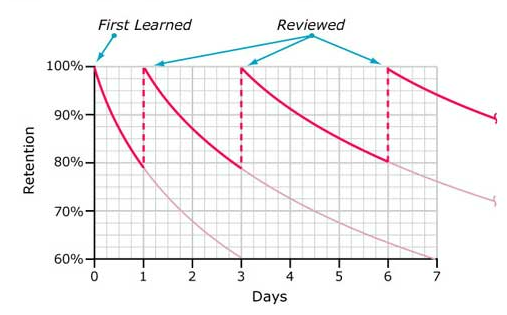Provide your child with stable and consistent support in maths to compliment their school learning, by signing them up for our Online Group Tuition programme.
We all want to give our children the best oportunities in life, but in the fast paced environment we live in, it can seem impossible to fit everything in.
With our online tutoring programme, you can offer your child a chance to:
Take control of their learning
Consolidate and grow their maths knowledge
Build their confidence, and
Bring a sense of structure into their extra-curricular learning routine
…Without taking on the extra workload yourself!








How does the Online Group Tuition Programme work?
We run two rounds of online tuition in an academic year, that each run for 21 weeks.
Round 1 starts in September, and Round 2 starts in January.
A different topic is taught each week for 21 weeks, covering 3 grades worth of content, either:
Grade 1 – 3
Grade 4 – 6, or
Grade 7 – 9
You can view a breakdown of the topics we cover at the bottom of this page. Depending on your child’s current grade, and after discussion with you, we would recommend and enroll them on to the class that is the best pitch for them to make maximum progress in the 21 weeks.
What happens after the 21 week course is complete?
This is ultimately up to you and your child!
If your child loved the online programme (and we’re sure they will) and excelled in their learning during round 1, they can be enrolled for round 2 in to the higher grade programme to continue to grow and nurture their passion for maths!
Alternatively, if you decide you would like your child to have bespoke, individualised support, you can explore our one to one tuition options.
And if they found round 1 helpful, but feel like they could benefit from looking at the content again, they are absolutely welcome to – research has shown that the more times children are exposed to a topic or concept, the longer they remember the knowledge for each time.

Case Study
Cameron and Joshua are brothers with an age gap of two years. When their parents came to us, Cameron was in his first year at secondary school but was struggling with the transition and appeared to be falling behind his peers, while Joshua was thriving in year 5 and expecting to do very well in his SATs. Although different in age, after a discussion with their parents, we decided to enroll them on to the same small group learning programme, Grade 1 - 3. This gave Cameron a chance to recap and revise many of the basic fundamental maths topics and consolidate his prior learning, to put him in a stronger position to keep up at school. Meanwhile, Joshua benefitted from being stretched and challenged beyond the primary curriculum to feed his passion for maths and introduce him to new and exciting topics that will prepare him for future learning. In addition, because they were in the same class, they could collaborate and help each other - both inside and outside of the programme - as well as learn from others in the class. As a result of this approach, Cameron was able to catch up with his peers at school during the course of the 21 weeks and no longer required our support, while Joshua decided to take up private tuition to help him work towards a specific goal - the 11+ exams!

Cameron and Joshua B
Year 7 and Year 5
Maths Topics Covered In The Small Group Learning Programme
Grade 1 - 3
Grade 4 - 6
Grade 7 - 9
- Place value
- Ordering decimals
- Writing algebraic expressions
- Congruent shapes
- Types of angles
- Probability scales
- Pictograms
- Adding and subtracting decimals
- Money problems
- Factors, multiples and primes
- Rounding to decimal places
- Collecting like terms
- Multiplying terms
- Area of a rectangle
- Multiplying decimals
- Adding and subtracting fractions
- Finding a fraction of an amount
- Expanding single brackets
- Factorising
- Sharing in a given ratio
- Surface area of cuboids
- Laws of indices
- Expanding double brackets
- Solving equations
- Rearranging
- Similar shapes
- Pythagoras
- Tree diagrams
- Negative indices
- Factorsing and solving quadratics
- The difference of two squares
- Compound interest and depreciation
- Area and sectors of a circle
- Trigonometry
- Harder tree diagrams
- Recurring decimals to fractions
- Expanding triple brackets
- Iteration
- Transformations
- Circle theorems
- Cumulative frequency
- Box plots
- Fractional indices
- Rearranging equations
- Solving quadratics with the formula
- Direct proportion
- The sine rule
- The cosine rule
- Using ‘and’ / ‘or’ rules in probability
- Surds – simplifying
- Surds – manipulating
- Surds – rationalising
- Completing the square – factorising
- Completing the square – solving
- Algebraic fractions – simplifying
- Algebraic fractions – solving
- Simulataneous equations
- Quadratic simultaneous equations
- Solving inequalities
- Solving quadratic inequalities
- Similar shapes – area and volume
- Pythagoras in 3D
- Tirgonometry in 3D